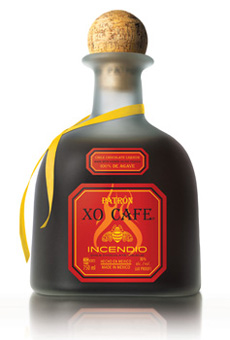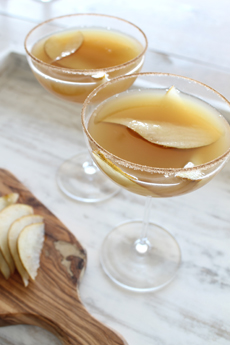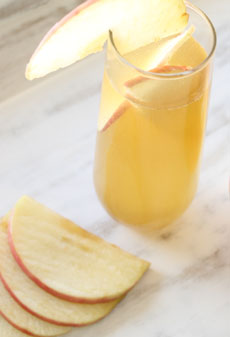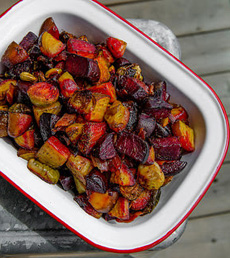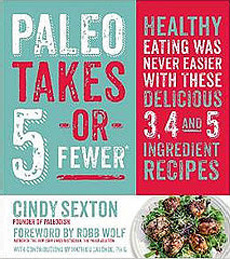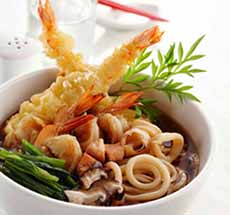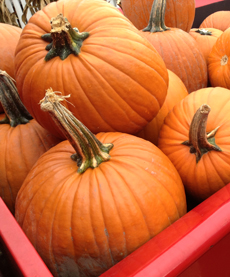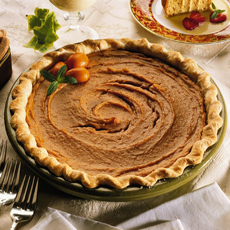
[1] What’s in your pumpkin pie (photo © Wisconsin Milk Marketing Board)?

[2] Pumpkin Tartlet (photo © The Daphne Baking Company [alas, now closed]).
|
|
If your only experience in baking pumpkin pie is “from the can,” you have no idea what kind of pumpkin is inside. In fact, it’s probably not pumpkin, but a different type of squash.
If you’ve ever tried to scoop the flesh from a big, orange pumpkin and turn it into pie, you probably don’t want to do it again! Wrangling the fibrous pumpkin flesh isn’t easy.
But there is a solution, known to pumpkin pie bakers: butternut squash. It’s also the “pumpkin” you should ue in pumpkin flan and other pumpkin desserts.
To prove the superiority, author and cookbook writer Melissa Clark, a popular food writer at The New York Times, tested different squashes to determine for once and for all what the best choice is for a pumpkin pie.
She found that butternut squash tied with acorn squash for the best flavor, although butternut delivers better color.
Butternut squash is very easy to work with; the skin slips right off with a vegetable peeler. Her tasting notes are adapted below. You can read the full article here.
Why not take the easy road and use canned pumpkin? Fresh really does taste fresher and brighter, says Clark.
She’s done all the heavy lifting (and roasting, and scooping) to prove it. Her findings:
Acorn Squash: Honeyed, moist, not too fibrous.
Blue Hubbard Squash: Hard to cut through the rind, granular texture. The flavor was pleasing and delicate, but the flesh wasn’t as sweet as some of the others.
Butternut Squash: Deep and richly flavored, sweet, with relatively smooth flesh that is easy to purée. THE WINNER!
|
